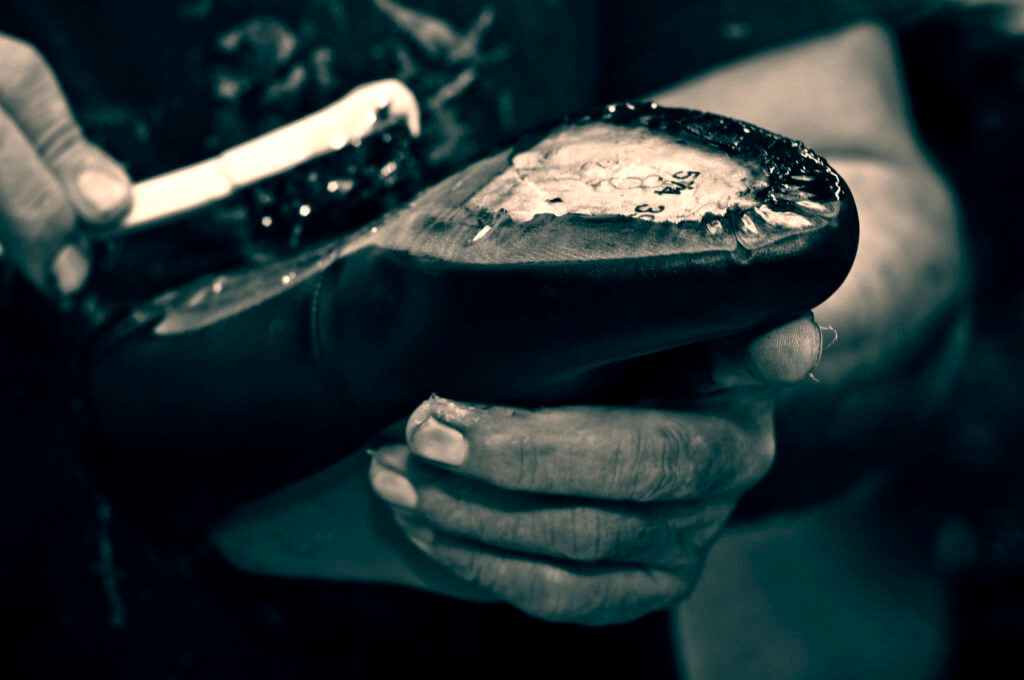
05 May Crafting our shoes
Is there a difference between making ordinary shoes and making anatomical shoes, healthcare shoes, shoes for chefs, uniformity shoes or any other kind of work shoes? There is, although it is not a big one. The difference lies in the initial stage of the designing process and in the selection of materials; both provide comfort and functionality so that the user can perform their job safely and comfortably.
Regarding design, at Oneflex we have a team of prototype makers working along with our prototype suppliers and our Product Development Department. In an early stage, our Sales Department and our Marketing Department suggest a line of product according to our clients’ demand. Then, the appointed prototype maker and the product development coordinator work together on the project; they pick those materials that match the use of the shoe (there is a distinction between hospitality shoes and healthcare shoes, for example) and create a first draft –this process includes the development of an ergonomic last that will eventually become the first prototype of the model and will be used for fittings.
Regarding the materials of our anatomical shoes, the first step is always the outsole: it has to be a non-slip outsole, flexible and shock-absorbing, light and with an innovative design. We take pride in the fact that we give utmost importance to the aesthetics of the shoe. We avoid dowdy, outdated work shoes and we seek to imprint our shoes with a modern touch. We use polyurethane outsoles with anti-slip inserts and EVA Extralight outsoles, which are light and have excellent grip on any kind of surface, dry or wet. Naturally, the anti-slip qualities of our outsoles are certified by the Technological Institute for Footwear.
After all of this, we choose the material for the upper: sometimes we use leather, sometimes we use high-quality microfiber (waterproof, breathable and washable) and, for the sport models, highly-breathable fishnets in striking colours. For the lining we employ mainly two materials: antibacterial microfiber and Coolmax fabric with thermo-regulating effect. The insoles are made out of memory-foam, which keeps its shape and has great shock-absorption qualities. Our insoles are one of the reasons why our shoes are so satisfying.
Once the shoe is designed, the materials are chosen and the shoe is fitted , the mass production is a complex procedure. We utilize state of the art technology but also handcraft. Handcraft requires a team of professionals for every phase: cutting, sewing, modelling, gluing, finishing, packaging… Quality control in every phase is key, especially in the finishing and packaging phases, where shoes are checked and we verify that they meet all the requirements so that the user will receive them in mint condition.
For us at Oneflex, making our shoes in Spain is essential: this way we can supervise every step of the process and benefit from the flexibility necessary to respond to any changes in the demand of comfort shoes and work shoes.


